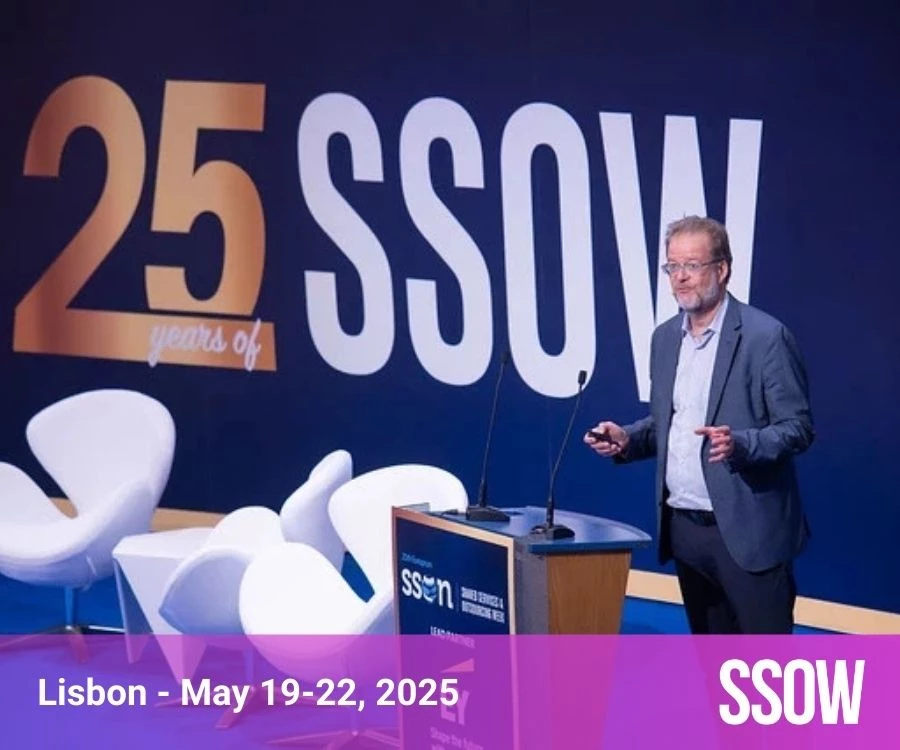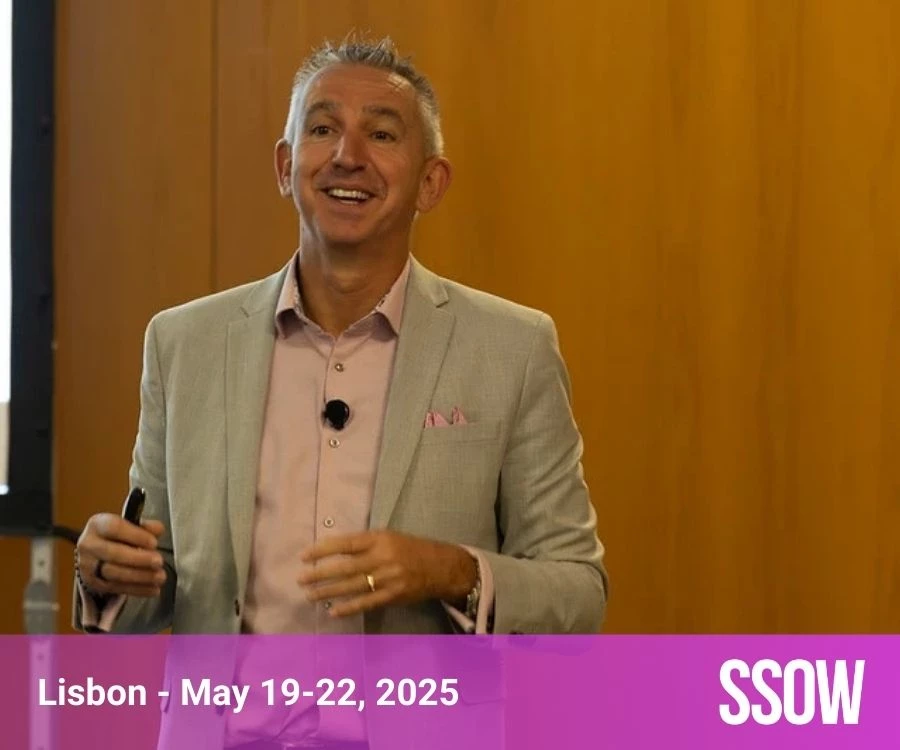
Today, global business services (GBS) organizations play a vital role in providing support functions for large enterprises. As the "nervous system" of an organization, GBS has the power to enable business transformation and drive growth. However, to do so effectively, GBS must adopt a transformative mindset and embrace a culture of continuous improvement. In the following, I will explain the importance of driving a transformative mindset in GBS organizations and provide insights on how to achieve it. By prioritizing design thinking, business processes, and business imperatives, GBS can deliver exceptional value and drive long-term success for organizations.
Why A Transformational Mindset?
Having a transformative mindset is important because without it, you may not think through everything properly, which can cause problems that interrupt the transformation process. But, if you have a stable transformative mindset, you will approach things as a whole and be able to assess opportunities, develop prototypes, and execute transformations more easily.
How Do You Acquire and Maintain a Transformational Mindset?
To develop a transformative mindset in an organization, it is important to analyze all aspects of the challenges faced, including both the bigger picture and smaller internal details. Design thinking is a vital approach that can be used to achieve this successfully. By encouraging collaboration between all teams, design thinking creates a problem-solving framework based on innovation that promotes empathy, creativity, and collective effort. Design thinking involves putting oneself in the shoes of the client to gain a deep understanding of their needs, which helps the organization identify the changes required. By utilizing design thinking to promote collaboration and innovative problem-solving, organizations can cultivate a transformative mindset that helps them effectively tackle their challenges while keeping their clients' needs at the forefront.
To make the most of design thinking, there are five essential steps to follow.
- Empathy
- Understand the clients’ problems and needs.
- Define
- Be able to clearly define the client's problem so that you have a good understanding of how to begin to solve it.
- Ideate
- Begin to think about various solutions that can help fix the problem.
- Prototype
- Create a proof of value or concept of the solution.
- Test
- Before implementing the solution to the problem, it is important to then test that the solution works.
How to Implement a Transformational Mindset
Once you have an understanding of the basic foundation of acquiring and maintaining a transformational mindset across the organization’s goals, you now have to put this concept to the test when undergoing transformations.
First, it is important to conduct a process analysis and redesign processes to be leaner and more efficient. This is because understanding where improvements can be made prior to undergoing the transformation is essential. Once you have a clear understanding of an end-to-end landscape, you are able to start utilizing your design thinking and begin undergoing the necessary automations to reach your desired goal. Having a transformational mindset means that before adding all the changes to your systems, you can look at the big picture and understand which areas need improvement. Additionally, all departments of your organization must be on the same page to undergo an end-to-end transformation smoothly. It is important to consider any exceptions that may arise in relation to the standard processes, and it is advisable to minimize these exceptions whenever possible.
For example, if you are a retail or manufacturing organization, your focus may be on these three business processes: (Keep in mind that if you are not a retail or manufacturing organization, you can still think about these processes, but some may work differently than others).
- Order to Cash
- First, you establish customers and enter them into your system. Next, you provide the service/product followed by the invoice/bill. Finally, you receive your cash.
- Procure to Pay
- First, you begin by identifying the organization's purchase requirements. Then, you issue a purchase order to the chosen supplier who will fulfill those requirements. Next, you set up the supplier in the system to establish a formal relationship.After setting up a supplier in the system, the supplier provides you with the service, and then you proceed to make a payment to the vendor.
- Hire to Retire
- This is when you hire an employee and work with them to help them be on the best track to be a valuable and long-lasting worker. This consists of the processes from onboarding throughout the tenure of the employee with the organization.
These processes are essential for businesses to operate effectively, and they must be up to date with how you transform the rest of your organization to ensure a transition that is more competitive. Looking at the current landscape of these functions combined with an end of process design using Value Stream Mapping (VSM), and design thinking will all help you to undergo a smooth transformation while also staying ahead of the game.
What’s Next?
When obtaining a transformative mindset, remember to do these three things. First, do a current state assessment of the process you have in place, the people in each department, and the tooling you are using across your organization. Second, construct the vision and mission for the transformation that applies to the entire organization and is understood by all departments. And finally, adopt the 70:20:10 portfolio mix for GBS. In other words, be sure that 70% of your focus is on daily operations, 20% is on continuous improvement, and 10% is on the inevitable disruption that may also appear.
Conclusion
Maintaining a transformation mindset is key to undergo a transition that is smooth from point A to point B. However, it is difficult for some to understand the difference between actually maintaining a transformative mindset vs simply just executing the transformation. Having a transformative mindset will ensure that you are looking at the process as a whole while making sure that all departments are on the same page. It will also help you to create an end-to-end process transition that is better for the customer, the employees, and the product. Transformation also helps to enhance the user experience of the GBS. The user experience is one of the key metrics that GBS is evaluated on.


































